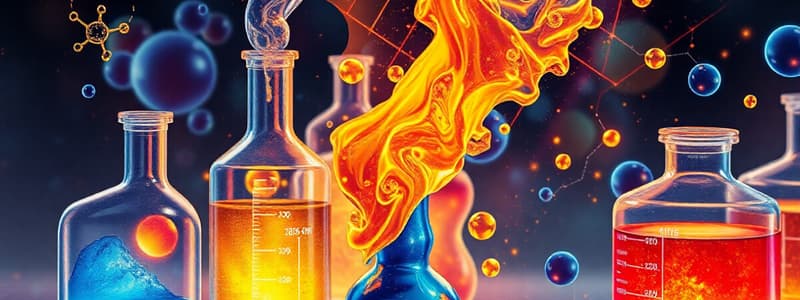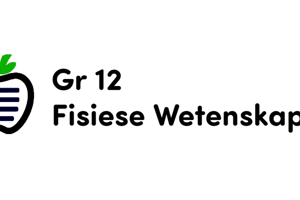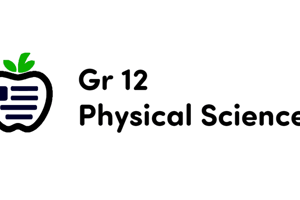Podcast
Questions and Answers
What does the percentage yield measure in a chemical reaction?
What does the percentage yield measure in a chemical reaction?
- The amount of reactants used
- The efficiency of a reaction (correct)
- The theoretical mass of the reactants
- The total energy produced
Which of the following factors can affect the yield of a chemical reaction?
Which of the following factors can affect the yield of a chemical reaction?
- Presence of catalysts
- Reaction temperature only
- Reversible reactions (correct)
- Molar mass of the products
How is the theoretical mass of a product calculated?
How is the theoretical mass of a product calculated?
- By dividing the mass of product by the molar mass
- By subtracting the mass of reactants from the total mass
- Using the mole ratio from the balanced equation (correct)
- Using the sum of the molar masses of products
What is atom economy?
What is atom economy?
In calculating atom economy, what does the formula use as its numerator?
In calculating atom economy, what does the formula use as its numerator?
Which reason is NOT given for why the actual product yield may be less than the theoretical yield?
Which reason is NOT given for why the actual product yield may be less than the theoretical yield?
What is the relationship between yield and atom economy?
What is the relationship between yield and atom economy?
Why is a reaction with high atom economy important?
Why is a reaction with high atom economy important?
What would NOT be a reason for choosing a particular reaction pathway?
What would NOT be a reason for choosing a particular reaction pathway?
Which of the following is a formula for calculating percentage yield?
Which of the following is a formula for calculating percentage yield?
Flashcards
Percentage yield
Percentage yield
A measure of how much of the expected product is actually obtained in a chemical reaction, expressed as a percentage.
Yield
Yield
The actual amount of product obtained from a chemical reaction.
Theoretical yield
Theoretical yield
The maximum amount of product that can be produced from a given amount of reactant, assuming the reaction goes to completion.
Atom economy
Atom economy
Signup and view all the flashcards
Reaction completion
Reaction completion
Signup and view all the flashcards
Moles
Moles
Signup and view all the flashcards
Molar mass
Molar mass
Signup and view all the flashcards
Chemical equation
Chemical equation
Signup and view all the flashcards
Reversible reaction
Reversible reaction
Signup and view all the flashcards
By-product
By-product
Signup and view all the flashcards
Study Notes
Quantitative Chemistry: Yield and Atom Economy
- Percentage Yield: A measure of how much product is actually obtained compared to the theoretical maximum.
- Formula: (Amount of product produced / Maximum amount of product possible) x 100
- Factors affecting yield:
- Reversible reactions
- Loss of product during separation
- Unexpected side reactions
- Yield: The actual amount of product obtained from a reaction.
- Calculating Theoretical Product Mass:
- Calculate moles of reactant using the formula: moles = mass/molar mass.
- Use the balanced chemical equation to determine the mole ratio of reactant to product.
- Calculate moles of product using the mole ratio.
- Calculate the mass of the product using the formula: mass = moles x molar mass.
- Atom Economy: A measure of the efficiency of a reaction. Quantifies the percentage of reactant atoms converted into desired products.
- Formula: (Mr of desired product / sum of Mr of all reactants) x 100
- High atom economy is desirable for economic and sustainable reasons, as it minimizes waste and reduces costs.
- Factors influencing choice of reaction pathways:
- Atom economy
- Reaction yield
- Reaction rate
- Equilibrium position
- Usefulness of by-products
Studying That Suits You
Use AI to generate personalized quizzes and flashcards to suit your learning preferences.
Related Documents
Description
Test your understanding of yield and atom economy in quantitative chemistry. This quiz covers concepts such as percentage yield, factors affecting yield, and how to calculate theoretical product mass. Evaluate your knowledge on key formulas and their applications.




